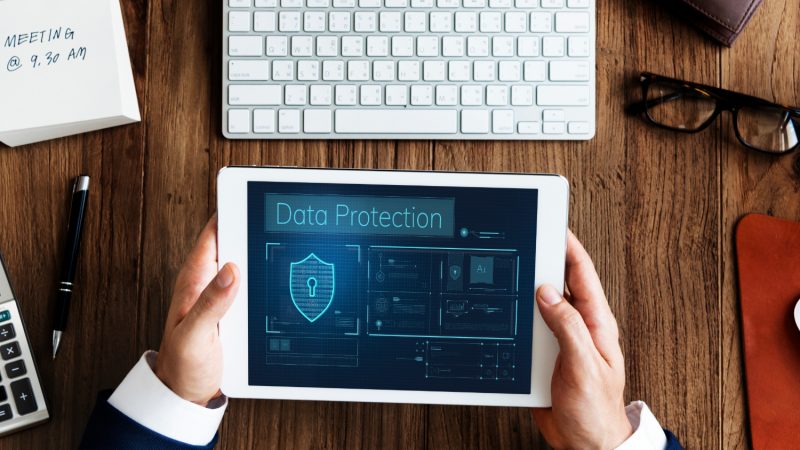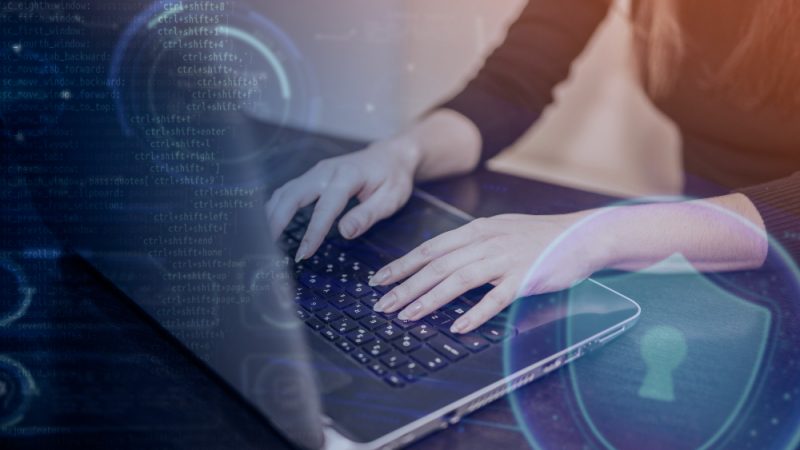Cyber Risk – The Top Risks Facing Global Organizations

Cyber risk encompasses a range of threats such as ransomware, IT outages and data breaches. It is an ever-evolving and growing concern, so your security team must remain abreast of new developments that could negatively affect their business. To do this, they need to comprehend the threat landscape and craft an effective cybersecurity policy.
- Identifying Your Risks
Cyber risk refers to the vulnerability to loss of data and systems due to a cyber attack or data breach. This can cost an organization millions of dollars and place them in an untenable position with customers and business partners alike, not to mention expensive fines and remediation efforts that may need to be undertaken.
Identification of your risks is critical for protecting your company from potential threats and ensuring you have adequate cybersecurity measures in place. There are various types of cyber risks, both internal and external to your company. It’s essential to recognize what these are so that you can prepare accordingly.
You can use a tool to help identify and monitor your risks. It is highly advisable to work with experts like the ones at Tentacle Security to ensure the best results. It’s essential to remember that risk is dynamic and can shift as technology develops or new threats arise. Regularly updating your risk profile ensures you have adequate protection in place.

- Developing a Plan
If your organization does not already have a cybersecurity risk management plan in place, now is the time to create one. An effective plan will enable you to detect and mitigate cyber threats within your business, prioritize protecting clients’ personal information, and reduce the likelihood of a data breach.
It’s essential to identify where your business fits within the supply chain and any dependencies or relationships that exist. Furthermore, determine who your cybersecurity team works with within this ecosystem, as well as how they assess and minimize supplier risks.
Your business’ data is its most precious asset, and should be safeguarded against any unauthorized access or theft. This includes customer, employee and other sensitive data that may be stored online or locally on-premises.
Additionally, make sure all staff understands their responsibilities and how to protect the company’s data. This may involve training them on what steps to take in the event of a data breach or security incident.
In addition to making sure your employees understand their roles in protecting your business’ data, it’s also essential that they learn how to recognize and respond to cyber scams.
Finally, it’s essential to create an extensive incident response plan that will guide your staff in detecting and responding to any potential cyber incidents. Doing this allows them to detect problems faster so your company can continue operating normally.
- Monitoring Your Systems
When your business is vulnerable to a cyber attack, it’s essential to detect it early.
A comprehensive monitoring strategy involves logging and protecting your devices as well as analyzing their logs for security events. This process helps your team identify issues in real-time and take appropriate actions promptly.
Every device in a network generates logs that record all actions taken. You can click the link: https://en.wikipedia.org/wiki/Logging_(computing) for more information. These logs can range from emails and firewall updates to user activity. Unfortunately, the amount of information generated can be so vast that it’s often difficult to sort through and use for threat identification purposes.
With an effective log or monitoring system in place, these stale logs can be quickly filtered out and classified for alert use. This enables your team to spot even minor anomalies that could indicate a cyberattack and take action before they escalate into major issues.
For a secure network, it is essential to monitor all elements that make up your IT infrastructure, such as servers, applications, and databases. You may even monitor hardware like switches, routers, and firewalls in order to identify potential issues.
- Backup and Recovery
Having effective backup and recovery plans in place will guarantee your data remains safe even during a cyberattack.
A successful strategy is essential in avoiding malware attacks and helping you recover quickly in case of an emergency. A backup is simply a copy of your data stored either online or locally, which can be accessed and utilized to keep operations running efficiently. You can visit this site for more tips on backing up your data.
Backups can be a useful tool in combatting threats such as ransomware and data deletion, but they should always be used with caution. Hackers often use fake accounts to compromise servers, file shares and databases that have been backed up elsewhere; these manipulated files cannot be reversed unless manually deleted or using backups to restore the affected systems.
Develop a Disaster Recovery Plan that addresses your people, buildings, equipment, contracts and infrastructure to maintain operations in case of cyberattack. It should specify which backups are essential to protect confidential information and what steps will be taken to restore your systems after an attack.






